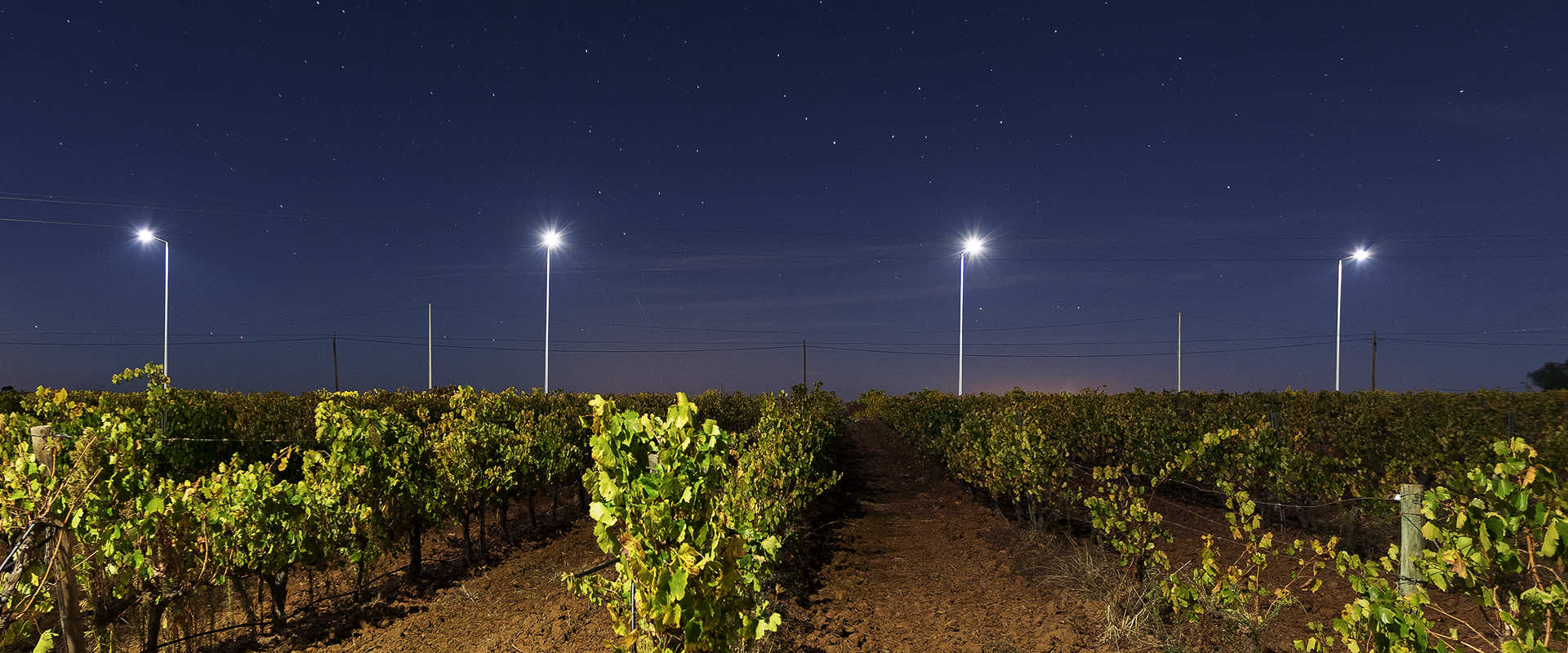
Retrieve the starry sky with LED technology
How to reduce light pollution in cities through LED street lighting and achieve cost savings and environmental benefits in the process
The excess of lighting has been increasingly felt in cities, causing the shortening of the night, “stealing” the starry sky and causing a few other disturbances, such as changes in the circadian cycle, which controls our biological clock, causing sleep disorders.
This excessive increase in radiance that we see today, the so-called light pollution, is caused by outdoor illumination of illuminated signs and street lighting, with the growth not only of points of light, but also of the amount of light emitted by each luminaire.
How can LED technology, in particular LED street lighting, help reduce light pollution?
The benefits of LED street lighting are already well known in terms of energy efficiency, cost savings and environmental protection, but it is possible to go further to help reduce light pollution. Here’s how:
-
Lighting control and dynamic dimming
Use dimming solutions, allowing for dimming throughout the night at times of less activity. Without compromising safety, this strategy allows for a greater reduction in light pollution and, once again, greater energy efficiency.
Using connected luminaires that can adjust the light intensity throughout the night according to lighting needs.
After all, what sense does it make to have the luminaires at 100% intensity, all night long?
-
Switch to amber LEDs
Currently LED with a correlated color temperature (CCT) of 5 000K to 4 000K is still widely used. The use of CCT higher than 2,700K should be limited, to prevent the use of blue light.
Most LEDs use a lot of blue light that scatters more than any other visible light. What’s more, blue light is also harmful to people’s health. Studies suggest that, over time, exposure to the blue end of the light spectrum can cause serious harm. The same is true for animals, where their coordination and orientation is affected.
-
Educate and raise awareness
Promote public discussion and improve regulations regarding the amount of light. There should be a concern on the part of those who design, to maintain or reduce light levels, especially when making the transition from conventional public lighting (mercury, sodium vapor and metal halide), to LED technology. Pay attention to rigorous photometric studies, to ensure the safety of the roads, as well as all regulations, with as little light as possible. More light does not necessarily mean better lighting.
If we implement some of these measures, we can reduce light pollution and reduce the number of carbon dioxide emissions.
Here’s an example: DARK SKY® ALQUEVA Project.






